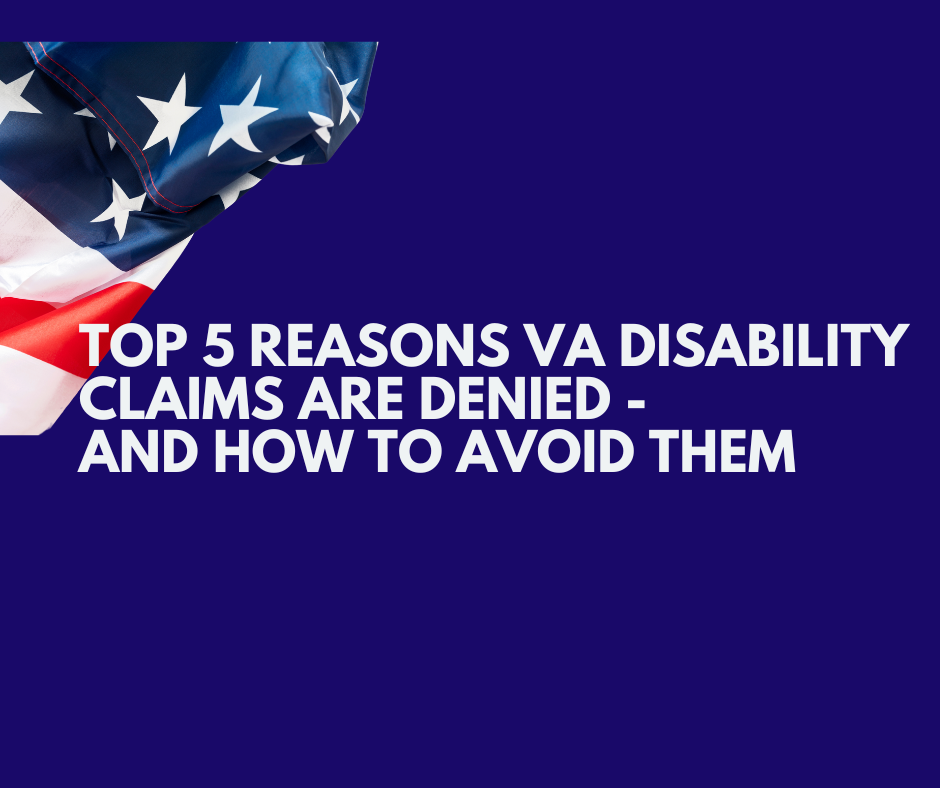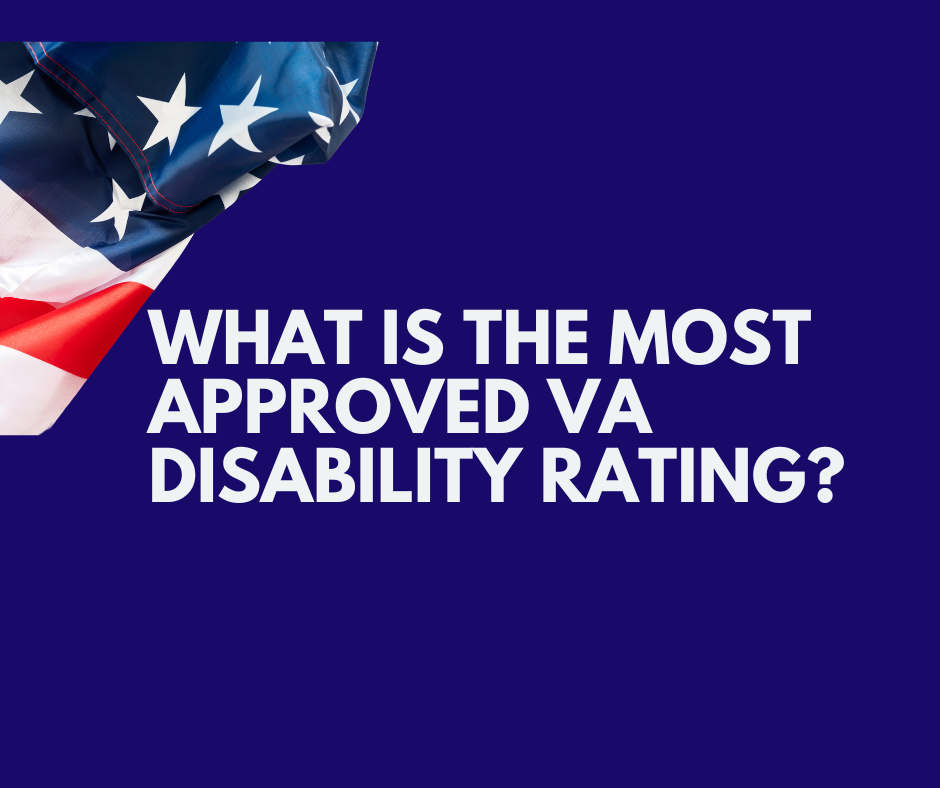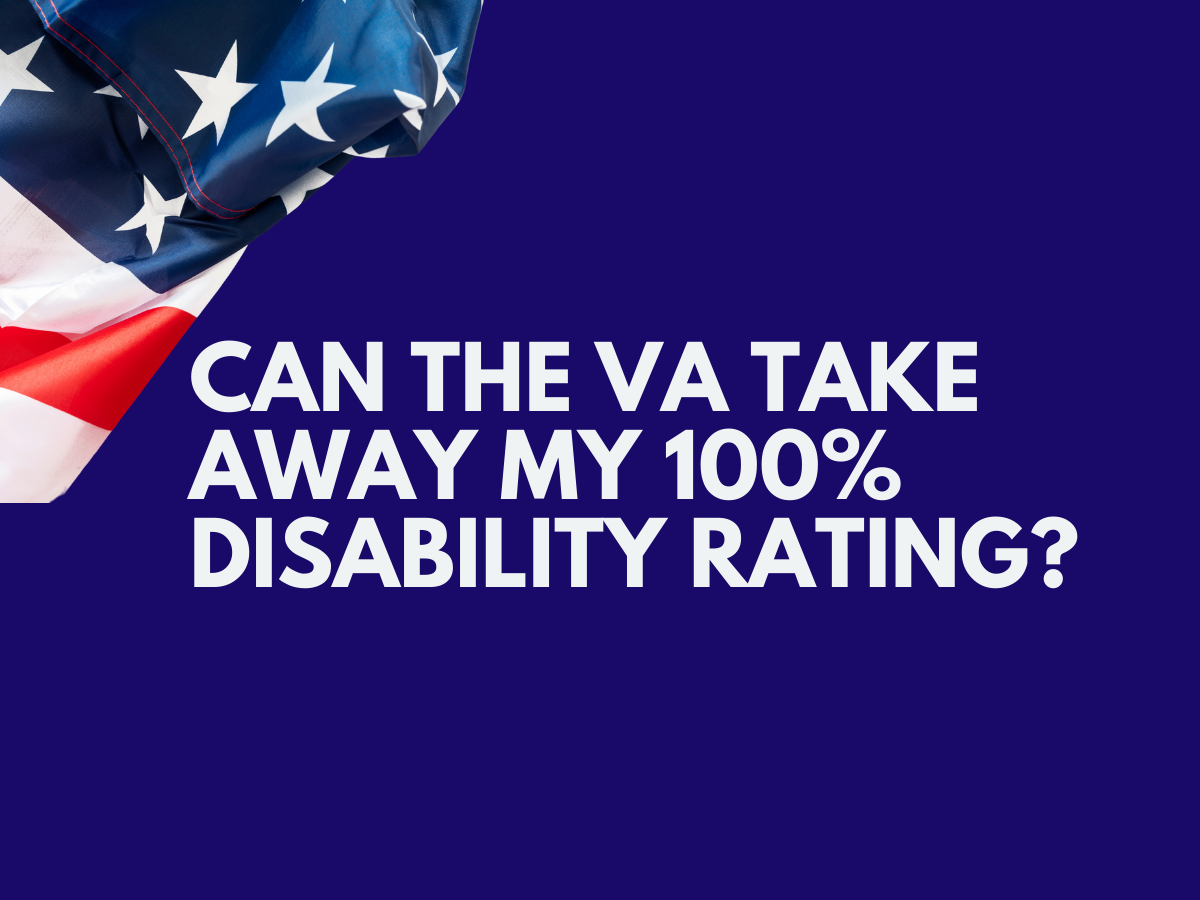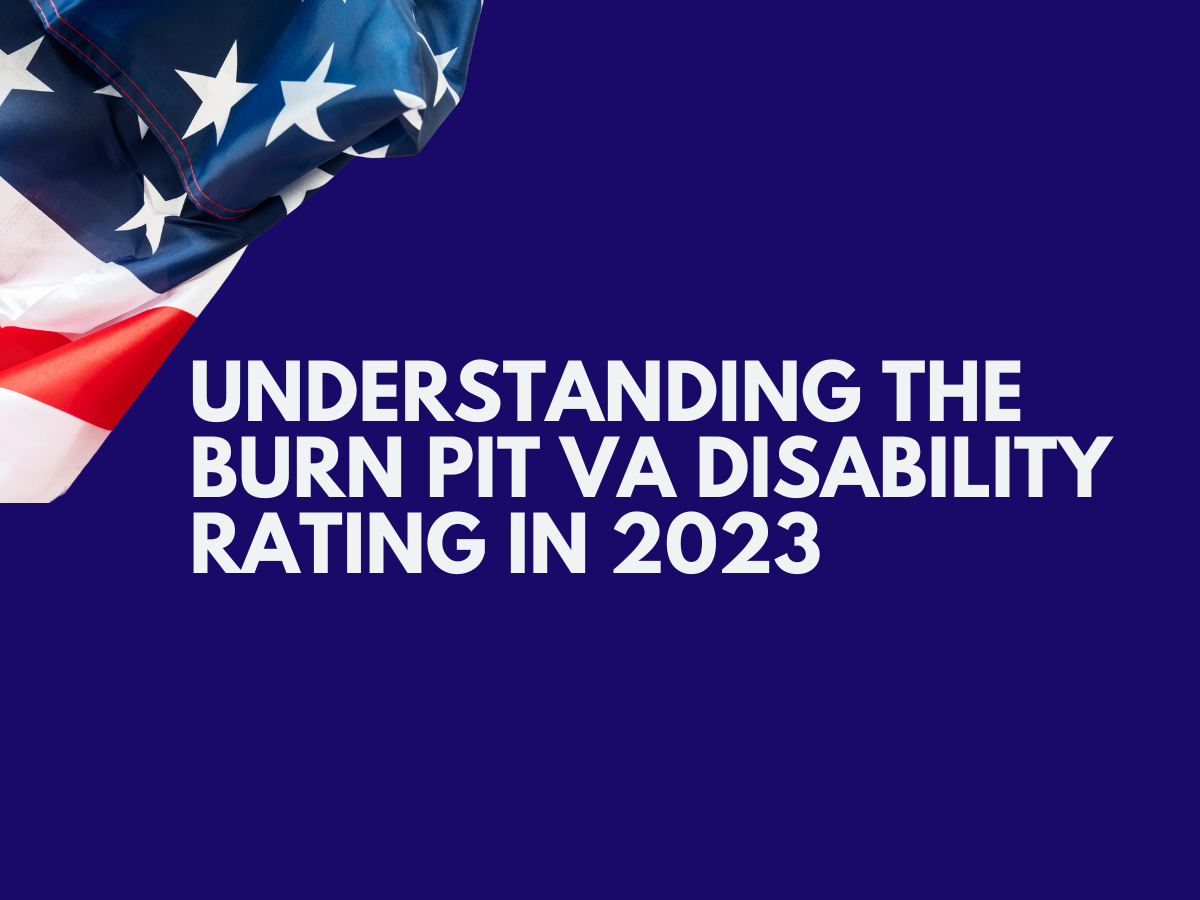The journey of a veteran doesn’t end after hanging up the uniform; it’s often just the beginning of a new battle. For those dealing with nerve damage disability rating, this battle can be overwhelming, with the physical discomfort compounded by the intricacies of the Veterans Affairs (VA) disability rating system. But take heart. With the right knowledge and support, it is possible to navigate this maze and ensure that you receive the benefits you deserve.
-
The VA disability rating for nerve damage assesses the severity of a veteran’s nerve condition and directly influences their entitlement to benefits, with ratings ranging from 0% to 100% based on factors such as muscle strength, reflexes, and sensory loss.
-
Nerve damage in veterans can be related to their military service, with the VA acknowledging conditions like peripheral neuropathy and spinal cord injuries as qualifying for disability benefits that link exposure to substances like Agent Orange or combat injuries to nerve damage.
-
To enhance the chance of a successful VA disability claim for nerve damage, thorough documentation of medical history, symptoms, and treatments is essential, along with potential consultation with legal and medical professionals.
Unlocking VA Disability Ratings for Nerve Damage

The VA disability rating system significantly influences the benefits a veteran is entitled to. Nerve damage, resulting from injury or impairment to the nerves responsible for transmitting messages between the brain, spinal cord, and the rest of the body, has direct implications on VA disability ratings due to its potential to cause functional limitations and significantly impact a veteran’s quality of life. The VA allocates a percentage to signify the extent of the nerve damage, ranging from 0% to 100% in 10% intervals. The higher the disability rating, the higher the monthly benefits, with the maximum benefits granted to those with a 100% disability rating.
The VA employs a rating scale ranging from mild to complete for assessing nerve damage. The maximum rating for neuritis, for instance, is 70%, contingent on the specific affected nerve. For neuralgia, the rating cannot exceed moderate, even if the severity is significant. In cases where entire limbs are impacted by neuralgia, the rating is capped at 40%.
The link between nerve damage and a veteran’s military service is a key factor in the VA’s determination of eligibility for disability compensation. This correlation aims to guarantee that veterans impacted by service-related nerve damage receive the requisite care and financial assistance to which they are entitled.
Understanding the Rating Schedule
The VA uses a rating schedule to categorize nerve damage based on the affected nerve group and the severity of the condition. The rating schedule includes conditions like Agent Orange peripheral neuropathy, resulting from exposure to hazardous substances during military service. The VA rates nerve damage based on three categories: paralysis, neuritis, and neuralgia. These categories assess the severity of the condition and determine the appropriate rating for a disability benefits claim.
The VA assesses peripheral nerve damage by considering the severity of the condition, encompassing symptoms, the quantity of affected nerves, and the resulting functional limitations, resulting in a rating between 10% and 100%. Early onset peripheral neuropathy, for instance, can be considered in the VA disability rating system because it may be related to a veteran’s military service.
For upper body nerve issues, the VA factors in the affected side, dominant or non-dominant, in their disability rating determination.
Criteria for Evaluation
Knowledge of the VA’s criteria for assessing nerve damage, including sciatic nerve issues, is key for pursuing disability benefits. The VA acknowledges paralysis, neuritis, and neuralgia as the specific categories of nerve damage for disability ratings. For spinal nerve damage, the VA assesses the specific location and extent of the impairment, with ratings varying from 10% to 60%, considering factors such as range of motion, muscle strength, reflexes, and sensory loss.
The VA’s guidelines for rating for peripheral neuropathy range from 10% to 40%, with a possibility for a higher rating for moderate to severe cases. Armed with this knowledge, veterans can gain a clearer picture of what to expect when their nerve damage is evaluated for VA disability benefits.
The Scope of Nerve Damage in Veterans

Nerve damage in veterans is not a one-size-fits-all condition. It could manifest as peripheral neuropathy, affecting the nerves outside of the brain and spinal cord, or as spinal nerve damage or radiculopathy, characterized by compression or injury to the nerves exiting the spinal cord.
Peripheral neuropathy in veterans can be a result of various conditions or injuries, with one of the most prevalent being diabetes, often Type II, which can also result in diabetic retinopathy and diabetic neuropathy.
Peripheral Neuropathy and Military Service
Peripheral neuropathy refers to the damage of one or more peripheral nerves, which are part of the peripheral nervous system, resulting in a range of symptoms based on the specific nerves affected. It is indeed acknowledged by the VA as a qualifying condition for disability benefits. This condition is often developed by veterans as a consequence of their service, either through combat or, more frequently, due to exposure to hazardous substances like herbicides such as Agent Orange.
The VA utilizes diagnostic code 8520 to evaluate peripheral neuropathy, determining disability percentages between 10% and 40% based on the severity and substantiation of symptoms. An incomplete paralysis, for instance, can impact these ratings. With regards to treatment options, the VA tailors these based on the veteran’s benefits and symptoms, as there is currently no known cure for the condition.
Spinal Cord Injuries and VA Benefits
Spinal cord injuries can have a profound impact on a veteran’s quality of life. The Veterans Administration categorizes these injuries using range of motion (ROM) measurements, with the severity of the injury reflected in the disability rating, which in turn determines the monthly benefits a veteran is eligible to receive.
For a veteran with a spinal cord injury to apply for VA disability benefits, they need to:
-
Gather evidence and supporting documents
-
Obtain a medical opinion linking the event to the injury
-
Complete the necessary applications including an Enrollment Application for Health Benefits
-
Undergo a physical evaluation to receive a disability rating.
In order to qualify for disability benefits related to spinal cord injuries, the VA necessitates that veterans meet the eligibility criteria for Spinal Cord Injuries and Disorders and provide essential supporting documentation. This assists the VA in assessing the appropriate monthly disability benefit rate, potentially up to 100%. The prevalent types of spinal cord injuries experienced by veterans are often associated with war, which are often more severe and complicated compared to traumatic SCIs seen in the general population.
Maximizing Your VA Disability Claim for Nerve Damage

As a veteran grappling with nerve damage, it’s important to consider all options to maximize your VA disability claim. This involves gathering comprehensive medical documentation, including:
-
Diagnoses
-
Treatment history
-
Any functional limitations or restrictions caused by the condition
-
A current medical diagnosis of nerve damage
-
Records of diagnostic tests
-
Specialist evaluations
-
Treatment history
-
Any other pertinent medical information
Establishing a secondary service connection can also optimize benefits. The first step is to be service-connected for another condition, following which the VA will assign a disability rating to your secondary condition. To optimize benefits in a VA disability claim for nerve damage, it is crucial to furnish comprehensive details regarding the precise location and severity of the impairment. A higher VA rating for nerve damage can result in better care and compensation for veterans.
Documenting Symptoms and Medical History
Detailed documentation of symptoms and medical history is fundamental for a successful VA disability claim. It offers evidence from private treatment providers who have a thorough understanding of your medical history over an extended period. Symptoms that should be documented include:
-
pain
-
tingling
-
numbness
-
weakness
-
muscle atrophy
-
balance issues
-
difficulty with coordination
Veterans can effectively document their medical history for a disability claim by compiling supporting documents such as medical test results, doctor’s reports, and other records. They have the option to upload this evidence online or submit their private medical records for review during the processing of their benefits. They can also grant authorization to the VA to access pertinent medical records from federal agencies. The VA takes into account medical records such as diagnostic tests, specialist evaluations, treatment history, and any other pertinent medical information when assessing a disability claim for nerve damage. As such, the thoroughness of your documentation can significantly influence the outcome of your claim.
Seeking a Secondary Service Connection
Veterans often have more than one service-connected condition. A secondary service connection refers to a new disability that is associated with an already service-connected disability. The VA considers this secondary condition as a part of the original condition, necessitating the establishment of a primary service connection first.
To establish this, a veteran must provide evidence demonstrating that the nerve damage is either caused or aggravated by another service-connected disability. This requires veterans to furnish medical evidence demonstrating that their current condition is a result of their service-related disability. Conditions like peripheral neuropathy and other forms of nerve damage are often associated with other service-connected conditions that could potentially result in secondary nerve damage.
Navigating the Claims Process: From Submission to Appeal

The claims process might appear overwhelming, but with proper knowledge and guidance, it’s manageable. The journey begins with the submission of the initial claim, which involves gathering supporting documents and evidence that establish the connection between your condition and military service. Unfortunately, claims can be denied for various reasons, including the submission of incorrect information or an incomplete form, the condition not meeting the VA’s definition of a disability, insufficient medical evidence, missed deadlines, or failing to attend a required VA examination.
However, a denial is not the end of the road. If your VA disability claim is denied, you have the opportunity to seek redress through one of three avenues: filing a Supplemental Claim, requesting a Higher-Level Review, or submitting a Board Appeal using VA Form 10182. These can be obtained from the VA website or a VA regional office, all in pursuit of obtaining the VA disability compensation you deserve.
Furthermore, having representation when appealing a VA disability claim can greatly benefit the claimant. Data indicates that approximately 70% of appeals with an attorney result in a favorable outcome or are remanded for further review, suggesting a significantly higher likelihood of success compared to appealing without representation.
Filing Your Initial Claim
Filing an initial VA disability claim for nerve damage involves using the Application for Disability Compensation and Related Compensation Benefits (VA Form 21-526EZ). The documentation necessary to submit when initiating a VA disability claim includes the aforementioned form.
In order to qualify for a VA rating for nerve damage, it is necessary to demonstrate that the condition is a result of military service. The evidence considered includes:
-
Service treatment records
-
VA treatment records
-
Private treatment records
-
Any other pertinent medical documentation.
It is recommended to utilize the forms provided by the VA and include medical evidence from healthcare providers to substantiate the VA disability claims for maximum VA disability benefits.
Handling Denials and Appeals
Handling denials and appeals requires tenacity and a thorough understanding of the process. The steps for appealing a denied VA disability claim include appealing to the Board of Veterans’ Appeals and requesting a decision review by a Veterans Law Judge. Errors in a denied VA disability claim can be identified by examining procedural errors made by the Veteran’s Benefits Administration and reviewing common mistakes made by the VA in disability decisions.
New evidence encompasses:
-
Supplementary evidence submitted within 90 days of the request for a Board Appeal
-
A declaration of its novelty and relevance
-
Utilization of VA Form 20-0995 for new evidence submission
-
The provision of evidence at any point during the appeal process
Although the appeal process can be lengthy, with a hearing and decision taking more than two years, and an initial claim decision averaging about 103.3 days, it’s a necessary step in the pursuit of rightful benefits.
Compensation and Pension Examination Insights

The Compensation and Pension (C&P) examination is a key component of the VA disability claim process. It comprises a comprehensive evaluation aimed at assessing the scope and intensity of the condition to establish a VA disability rating. The Peripheral Nerves Conditions Disability Benefits Questionnaire is used to record the findings and assessments of nerve damage.
The C&P examination takes into account a veteran’s symptoms, clinical findings, and the level of functional impairment and disability. This comprehensive assessment aims to provide an accurate representation of the veteran’s condition on their disability benefits questionnaire.
The main objective of the C&P examination for nerve damage is to collect essential data to determine a suitable VA disability rating, considering the severity of the nerve damage and its effects on the veteran’s everyday activities.
Preparing for the C&P Exam
Preparing for the C&P exam is vital to ensuring an accurate and beneficial outcome. The objective of the exam conducted by the Veterans Administration is to accurately record the present severity of a disability in order to assess eligibility for disability benefits. When preparing for the exam, it’s important to bring relevant medical records or service treatment records, along with a diagnosis of the peripheral nerve condition.
Veterans should also:
-
Acquaint themselves with their symptoms and limitations
-
Be prepared to converse about their medical history and any prior nerve damage-related treatments or surgeries
-
Have a support person present
-
Openly communicate your symptoms and limitations to the examiner
-
Be ready for physical and neurological examinations.
During the exam, you can anticipate inquiries regarding the degree of paralysis or loss of sensitivity in the affected area, as well as any challenges or limitations experienced due to the nerve damage.
How the C&P Exam Influences Your Rating
The results of the C&P exam play a significant role in determining the VA disability rating. The exam assesses the extent of a veteran’s nerve damage and its connection to their military service, ultimately affecting the disability rating. The ratings can range from mild to severe neuritis, potentially resulting in a VA disability rating for nerve damage of up to 70%.
The criteria considered during the exam include:
-
Range of motion
-
Muscle strength
-
Reflexes
-
Sensory loss
Veterans can prepare for the exam by thoroughly documenting their nerve damage symptoms, including their frequency and impact on daily life, to facilitate a thorough evaluation that accurately reflects their condition. The main objective of the C&P exam is to confirm the relationship between a disability and military service, as well as assessing the severity of conditions to determine suitable disability compensation.
The Role of Legal and Medical Professionals in Your VA Claim
Legal and medical professionals can provide substantial support when navigating the VA disability claim process. A legal professional can assist in form completion, offer guidance throughout the claims process, collect essential evidence, present a compelling case, and navigate complexities, particularly in cases of denial or when seeking TDIU benefits. On the other hand, medical professionals provide vital medical evidence and documentation, which includes diagnosing the condition, assessing its severity, and establishing the connection between the veteran’s nerve damage and their military service.
A veteran should consider recruiting a VA disability attorney’s help for their nerve damage claim during initial claims or appeals phases, particularly if military service caused or worsened the nerve damage, or if their initial benefits claim was denied. The input of medical professionals significantly influences the outcome of a VA disability claim by providing authoritative opinions on the nexus between the veteran’s disability and service-related incidents, adding substantial probative value to the claim.
The Importance of Medical Professional Input
Medical professionals play a key role in the VA disability claim process. They provide medical evidence to substantiate the claim and collaborate with the claimant to ensure accurate filing of the claim. A doctor’s input can enhance the likelihood of success in a VA disability claim for nerve damage by furnishing medical evidence and documentation of the impairment of the affected body part.
The most compelling types of medical evidence in VA nerve damage claims include statements from physicians expressing an opinion on the nexus between the veteran’s current disability and an injury, as well as pertinent evidence such as service treatment records, service personnel records, VA treatment records, and private medical records.
It is advisable for a veteran to engage in communication with their doctor regarding their VA disability claim by providing their private medical records for review during the assessment of their benefits. They can also utilize VA secure messaging to engage in confidential online communication with their VA health care team.
When to Consult a VA Disability Attorney
VA disability attorneys play a significant role in aiding veterans with claim or appeal filing, securing necessary documentation, and using VA programs like the fully developed claim or Fast Track program. It’s recommended that a VA disability attorney be involved in the claims process subsequent to filing a an appeal.
A VA disability attorney, like LAV, can provide valuable assistance in appeals against denied claims by offering legal representation, guidance, and expertise throughout the appeals process. We can aid in gathering necessary evidence, preparing and submitting appeals documents, and representing the veteran at hearings. We understand the intricate VA disability system and can navigate the appeals process effectively, increasing the likelihood of a successful outcome.
Summary
In conclusion, understanding the VA disability rating system is essential for veterans with nerve damage. The system, despite its complexities, serves a crucial purpose in ensuring that veterans receive the benefits they deserve. Furthermore, with the aid of medical and legal professionals, veterans can navigate the claims process effectively, maximizing their disability benefits. Remember, the journey might be challenging, but with the right support and knowledge, it’s a battle that can be won.
Frequently Asked Questions
Can you get disability for nerve damage?
Yes, it is possible to get disability benefits for nerve damage. You may not have to prove that your neuropathy prevents you from working.
What is the rating for nerve damage?
The rating for nerve damage varies depending on the nerve group affected and the severity of the condition. For instance, sciatic nerve issues can be rated at 10%, 20%, 40%, 60%, or 80% based on the level of severity.
Can a person live with nerve damage?
Yes, with proper management and addressing the root causes through lifestyle changes, a person with nerve damage can live a normal life expectancy.
What is the best exercise for nerve damage?
The best exercise for nerve damage is walking, swimming, cycling, Tai Chi, and yoga, as they are all low-impact exercises suitable for individuals with peripheral neuropathy.
What is the connection between military service and peripheral neuropathy?
The connection between military service and peripheral neuropathy is often a result of exposure to hazardous substances like Agent Orange or combat. This can lead to peripheral neuropathy in veterans.









